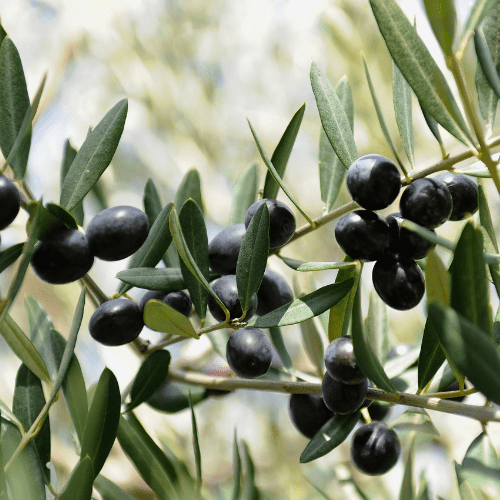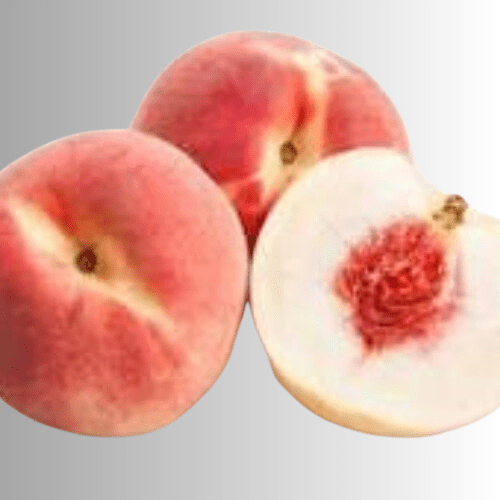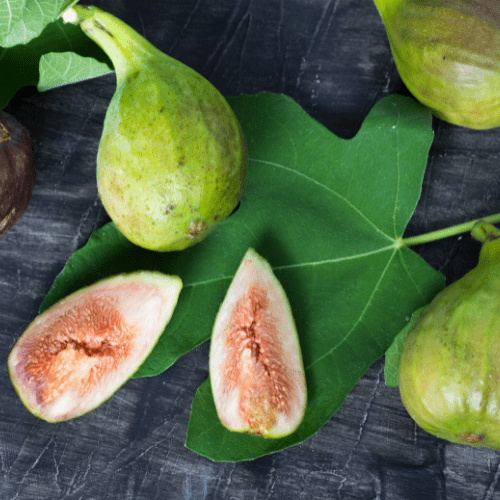Position
This tree tolerates heat well and does best in full sun. Although it is self-fertile, it’s best to plant it in multiples to ensure a better crop.
Size
At maturity, the Methley plum tree has a height and canopy spread of up to 6 metres.
Soil Type
The Methley plum grows in various soil types and has some tolerance for heavy and waterlogged soils. It prefers a well-drained, loamy, mildly acidic soil.
Watering
During their growing seasons (spring to autumn), the soil around the root zone must be kept moist. During the winter, when they go dormant, they require less watering.
Mulching
Apply organic mulch to your plum tree all year round.
Use from 2 to 5 centimetres of pine bark mulch to protect the roots from UV damage and drying out. It retains moisture, and maintains an optimal pH. Do not let the mulch touch the plant stem, as it may cause infection or rot.
Fertilising
Alternatively, use our slow-release nitrogen-rich all plant fertiliser. Apply 1 teaspoon every 4-5 months.
Pruning
Plums require minimal pruning, which should be done after flowering when the tree still has no leaves. In the formative years, remove the interior branches, water sprouts, growing scaffold branches, and dead, damaged, or diseased wood. Once mature, remove any vigorous upright shoots because fruiting occurs on spurs on older wood. Japanese plums do best when trained in an open centre, so they need thinning for proper fruit development.
Pests and Diseases
Aphids, citrus psylla, red scale, citrus greening. Spraying regularly with Agricultural Neem Oil or Effective Microorganisms (EM Control ) will assist in either prevention or after the fact. If you already have aphids or mites, wash the tree with a harsh hosing, and when dry, spray with Neem oil or EM Control.
Practice good garden hygiene (remove fallen fruit and leaves).
Watch for root rot (if overwatered) and fungal infections during wet periods.
Harvesting
Fruiting begins when the tree is 2 to 4 years old. These trees produce heavy crops of juicy, fruit every year. You’ll need to pick them several times every season. They can be picked before they’re completely ripe, as they’ll ripen off the tree.







